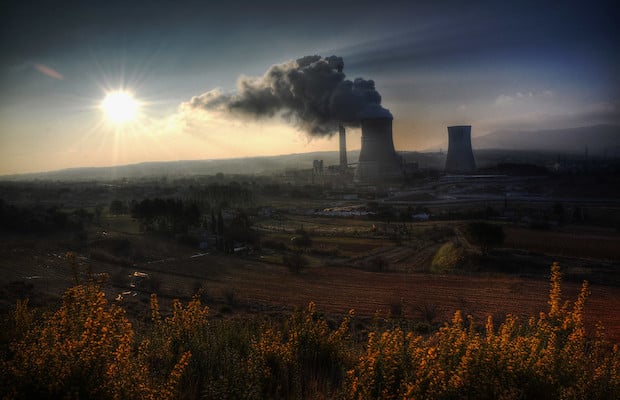

The COVID-19 pandemic and the subsequent nationwide lockdown to curb its spread has highlighted the growing financial risks to India’s coal-fired power plant sector, a technology being superseded by international finance investing in new, cheaper, and cleaner renewable energy finds a new IEEFA briefing note.
Entitled ‘Who Would Still Fund a New Coal Power Plant in India?’ the note finds renewable energy delivered more than two-thirds or 9.39 gigawatts (GW) of India’s new generating capacity additions in the fiscal year 2019/20, while new thermal power plants delivered 4.3 GW, net of the 2.5 GW removed due to end-of-life plant closures. Further, coal-fired power plants today are running at half the capacity rate assumed in the Central Electricity Authority’s modelling guidelines used to evaluate the financial and operating performance of new coal-fired power plants.
Author of the note Tim Buckley, IEEFA’s director of energy finance studies, says the National Electricity Plan of 2018 is predicated on an additional 70 GW or more of new coal-fired power plants installed by 2026/27, and the closure of another 39 GW, relative to the position as at 31 March 2020. “That assumes some USD 70 billion of new investment in coal-fired power,” said Buckley.
“Yet, renewable energy installs nearly doubled traditional thermal power capacity installs during 2019/20, and the pricing trends for new electricity generation entirely favour renewable energy over coal, particularly when it comes to expensive non-minemouth or import coal-fired power proposals.
Instead of backing coal, new finance is getting behind renewable energy.
The COVID-19 pandemic and national lockdown has reduced power demand, with the casualty being coal-fired power generation.
In the first 33 days of the 2020/21 fiscal year, coal-fired power generation was down just shy of 30 Terawatt hours (TWh). This decline has now eclipsed the total electricity consumed in Ireland in the entire 2018 year (28.7 TWh, IEA).
“Coal-fired power generation has worn more than 100 percent of the COVID-19 power demand loss,” said Buckley. “Renewables get priority over coal when power demand drops given their “must-run” status, which is a reflection of their zero marginal cost of production. Coal-fired generation, the high marginal cost producer, is losing out.”
The note finds new domestic and international finance is backing solar, with a landmark 2 GW solar tender awarded by NHPC in April 2020 priced at a near-record low of Rs 2.55/kWh, fixed flat for 25 years. This tender was won by leading Indian renewable energy developers, most of whom have access to global capital backers like SoftBank of Japan, EQT Infrastructure of Sweden, Temasek of Singapore, EDF and Total of France and Brookfield of Canada.
Further, April 2020 also saw global private equity leaders KKR enter the Indian renewable infrastructure sector, acquiring 317 MW of solar from Shapoorji Pallonji Solar Holdings. “Why would any debt or equity capital providers fund a high emission, highly polluting new coal-fired power plant at double the cost of deflationary, domestic renewables?” concludes Buckley.
Reliance Industries Ltd (RIL) Chairman Mukesh Ambani has announced a massive ₹75,000 crore investment in…
Green-energy heavy-duty truck maker Blue Energy Motors has reached a remarkable milestone by surpassing 50…
India is on track to exceed its Nationally Determined Contribution (NDC) target of reducing the…
Raj Process Equipments and Systems Pvt Ltd, a Pune-based technology innovator and engineering conglomerate, is…
Europe’s renewable energy sector faces a potential slowdown, burdened by grid saturation, permitting delays, and…
Hexa Climate has announced the launch of a pioneering afforestation project in Purulia, West Bengal.…